A simulation of a probe sent to the other side of a wormhole shows it could send speedy messages back before the hole closes and the probe is lost.
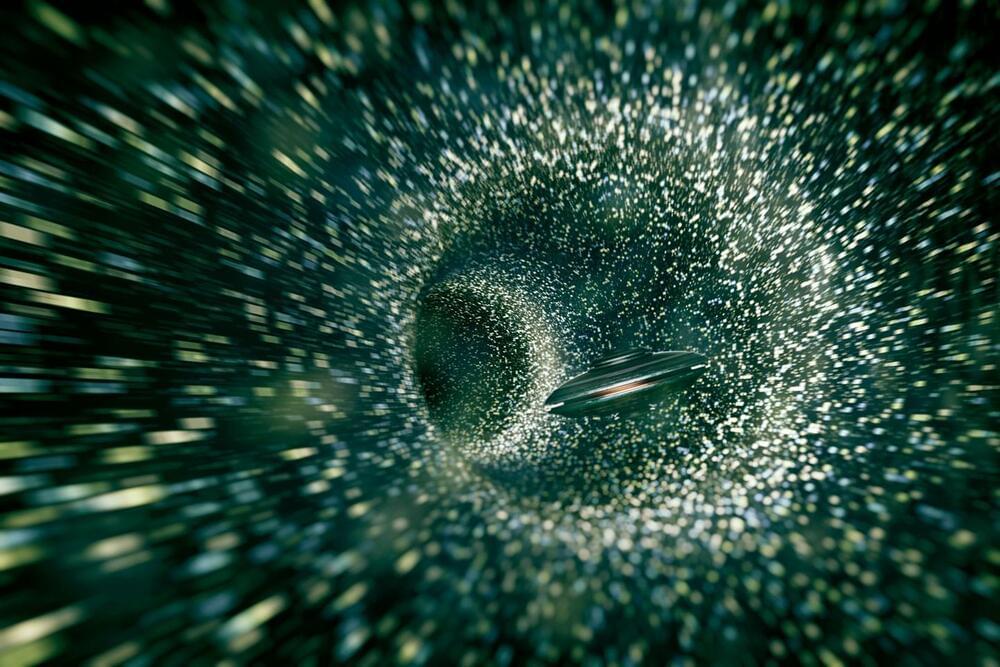

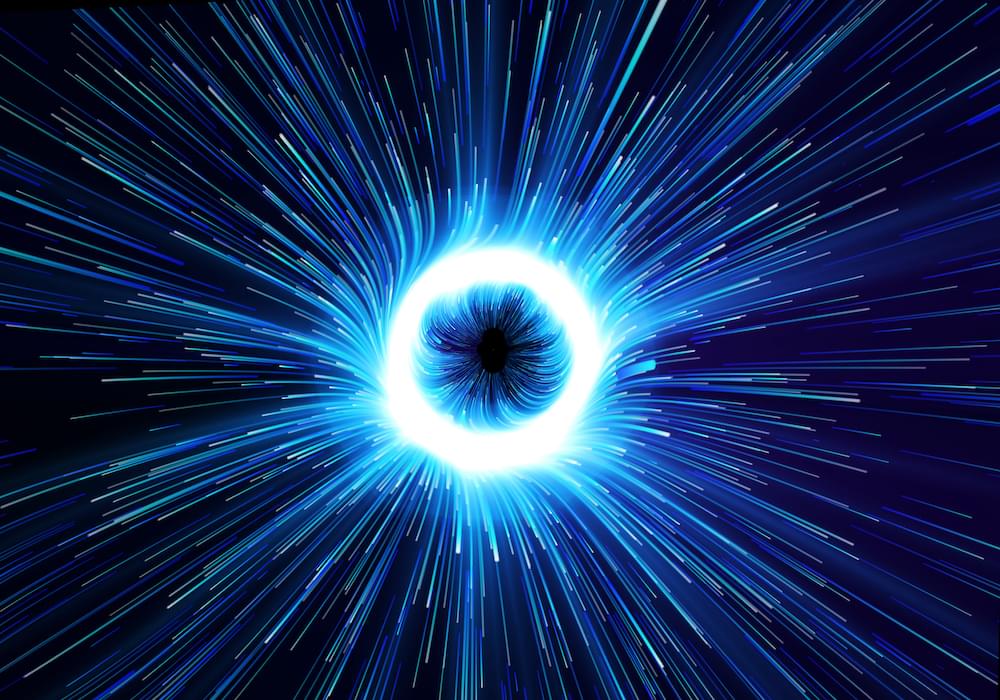
Year 2022 face_with_colon_three
Since the discovery of black holes, they have inspired images of the universe’s extremities in both scientists and storytellers. Their immense gravity — sucking in any matter and light unfortunate enough to come within grabbing distance — conjures images of crushing death and infinite possibility.
That same gravity, however, creates a well which consumes indiscriminately and from whence nothing can ever emerge. The only trouble is that isn’t the case. Among Stephen Hawking’s many accomplishments was the discovery that black holes actually radiate very slowly and will eventually evaporate. This discovery, while enough to make Hawking famous, threw a wrench in contemporary astrophysics by creating a paradox.
If a black hole compresses into a singular point at its center and is surrounded by a gravitational event horizon, then the radiation emerging from the horizon is necessarily separate from the matter in the middle. In short, that radiation contains none of the information related to the matter which fell inside. If that’s true, then causality essentially breaks down around a black hole and physicists didn’t like that one bit.
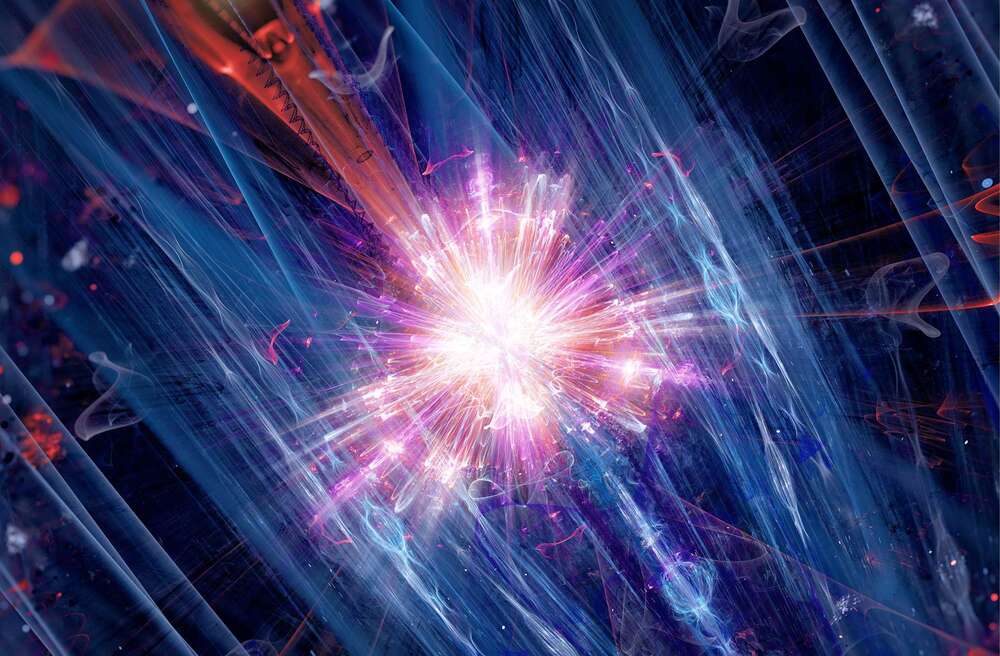
Year 2021 face_with_colon_three
“This [study] shows us the evolution of the QGP and eventually [could] suggest how the early universe evolved in the first microsecond after the Big Bang,” said co-author You Zhou, an associate professor at the Niels Bohr Institute, University of Copenhagen in Denmark in an official statement.
“First the plasma that consisted of quarks and gluons was separated by the hot expansion of the universe. Then the pieces of quark reformed into so-called hadrons. A hadron with three quarks makes a proton, which is part of atomic cores. These cores are the building blocks that constitutes earth, ourselves and the universe that surrounds us.”
Following the chaotic Big Bang event, the universe was believed to be a violent soup of energy prior to it quickly expanding in a process known as inflation, where the infant universe cools to a point when matter is eventually formed.
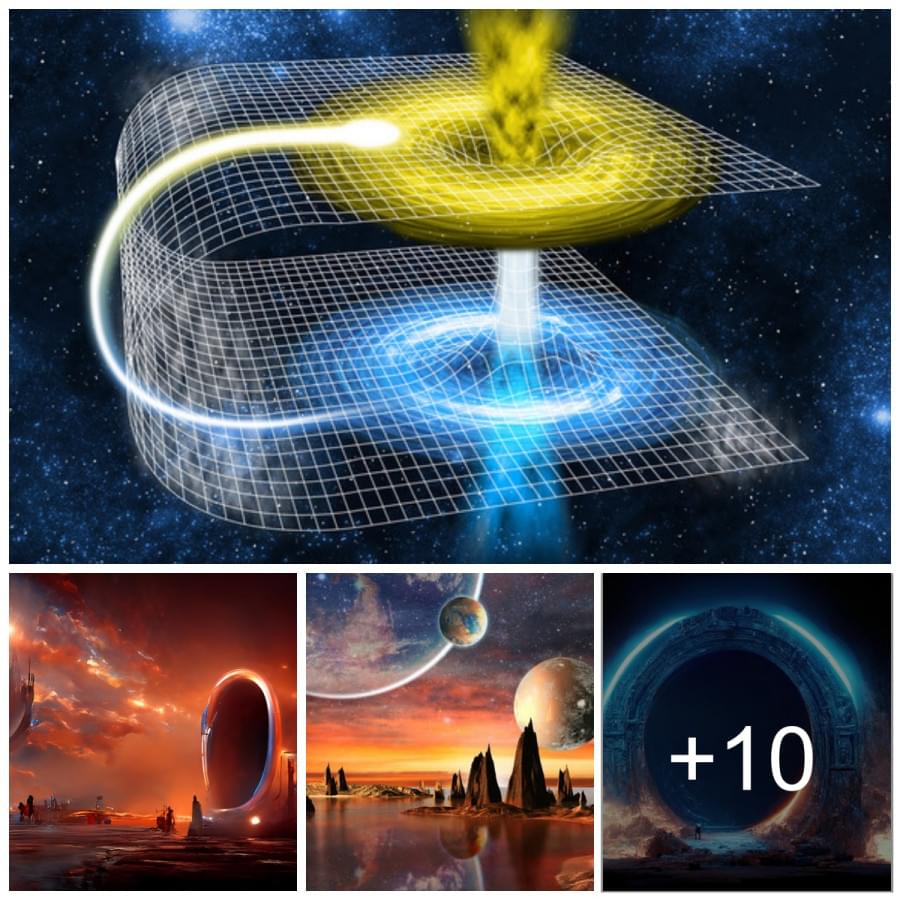
In a new study, scientists say they can explain dark matter by positing a particle that links to a fifth dimension.
(Updated version of the previous article.)
While the “warped extra dimension” (WED) is a trademark of a popular physics model first introduced in 1999, this research, published in The European Physical Journal C, is the first to cohesively use the theory to explain the long-lasting dark matter problem within particle physics.
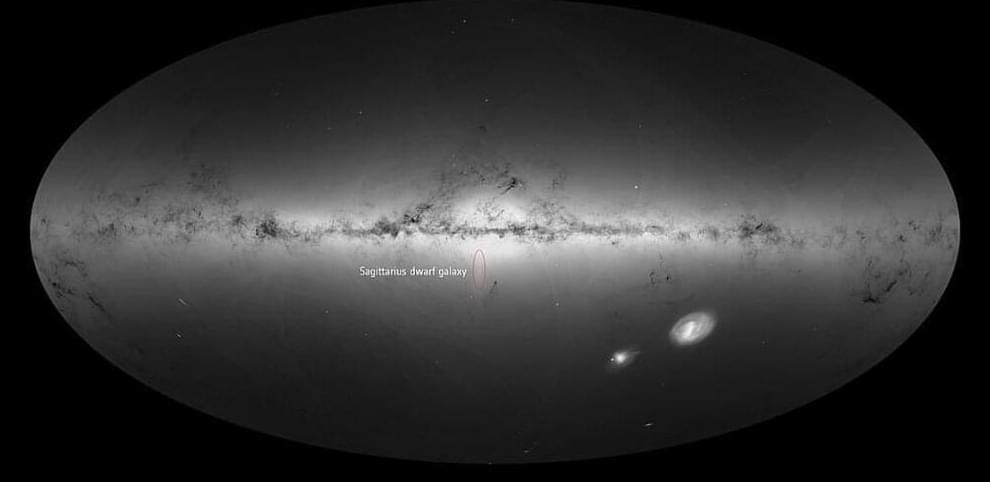
Although dark matter is a central part of the standard cosmological model, it’s not without its issues. There continue to be nagging mysteries about the stuff, not the least of which is the fact that scientists have found no direct particle evidence of it.
Despite numerous searches, we have yet to detect dark matter particles. So some astronomers favor an alternative, such as modified Newtonian dynamics (MoND) or modified gravity model. And a new study of galactic rotation seems to support them.
The idea of MoND was inspired by galactic rotation. Most of the visible matter in a galaxy is clustered in the middle, so you’d expect that stars closer to the center would have faster orbital speeds than stars farther away, similar to the planets of our solar system. What we observe is that stars in a galaxy all rotate at about the same speed. The rotation curve is essentially flat rather than dropping off. The dark matter solution is that galaxies are surrounded by a halo of invisible matter, but in 1983 Mordehai Milgrom argued that our gravitational model must be wrong.
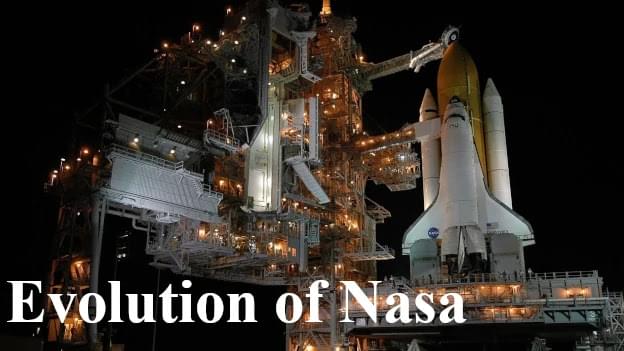
When it comes to achieving incredible feats of aerospace engineering, Exploring the wonders of the universe, And realizing the dreams of astronauts from around the world.
There’s one organization that stands above all others. This is the Evolution of NASA. In this article, we will cover the origins of NASA.
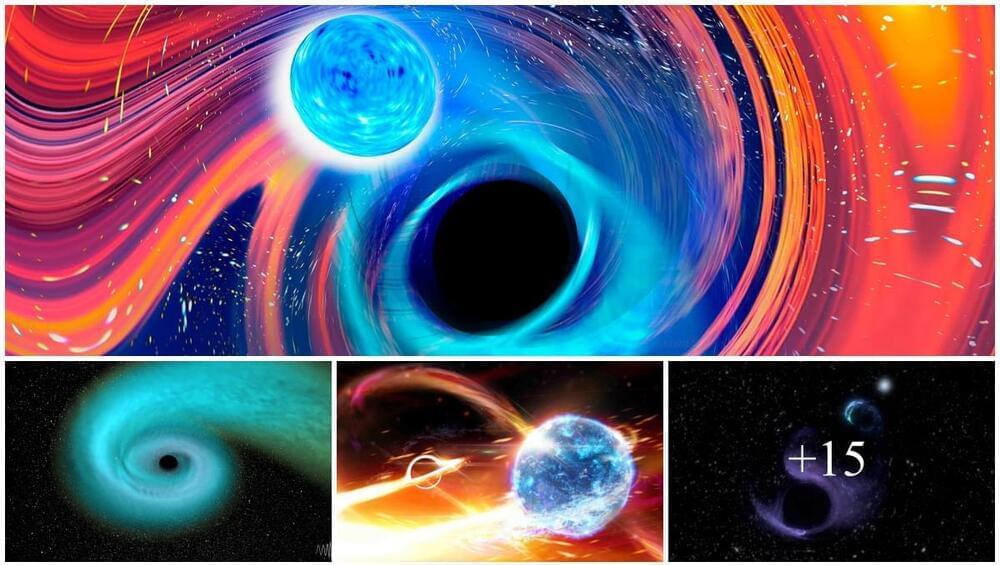
Chinese tech companies rush to match Stable Diffusion and DALL-E 2, but roadblocks lie ahead.
The gigantic technological.
The gigantic technological leap that machine learning models have shown in the last few months is getting everyone excited about the future of AI — but also nervous about its uncomfortable consequences. After text-to-image tools from Stability AI and OpenAI became the talk of the town, ChatGPT’s ability to hold intelligent conversations is the new obsession in sectors across the board.
In China, where the tech community has always watched progress in the West closely, entrepreneurs, researchers, and investors are looking for ways to make their dent in the generative AI space. Tech firms are devising tools built on open source models to attract consumer and enterprise customers. Individuals are cashing in on AI-generated content. Regulators have responded quickly to define how text, image, and video synthesis should be used. Meanwhile, U.S. tech sanctions are raising concerns about China’s ability to keep up with AI advancement.
As generative AI takes the world by storm towards the end of 2022, let’s take a look at how this explosive technology is shaking out in China.
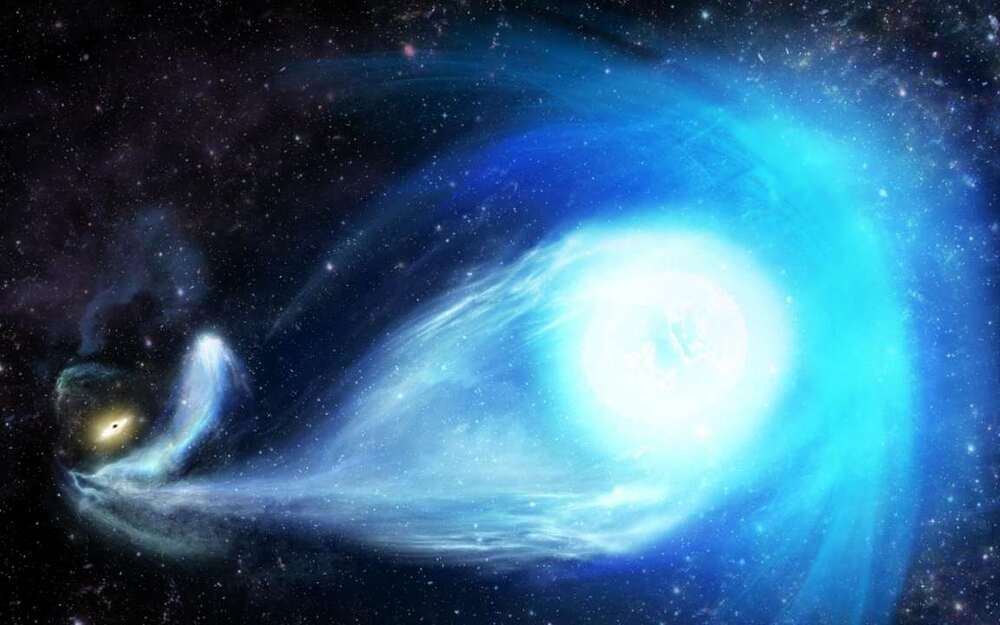
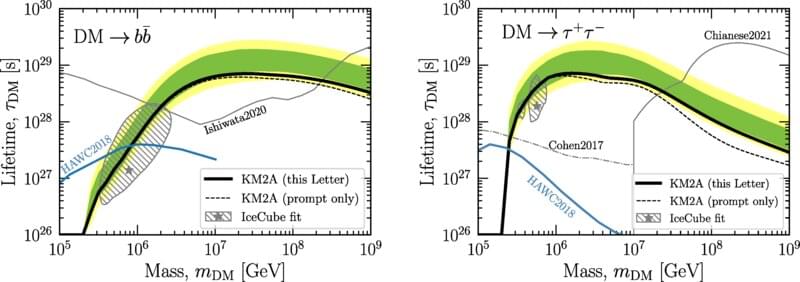
Scientists from the Large High Altitude Air Shower Observatory (LHAASO) have presented roughly 1.5 years of observational data, calculating new limits on the lifetime of heavy dark matter particles that have masses between 105 and 109 giga-electron volts.
The study, titled “Constraints on heavy decaying dark matter from 570 days of LHAASO observations,” was recently published in Physics Review Letters.
The gravitational model of the Milky Way shows that there is a very high density of dark matter in the galactic center, and the gamma rays produced by the decay of this dark matter will radiate from the galactic center to the surroundings for hundreds of light-years or even thousands of light-years. However, for a long time, the observation of ultra-high-energy gamma rays produced by heavy dark matter has been complicated by the presence of other background radiation.